|
Spring is in full swing, with flowers blooming against a background of vibrant green foliage bursting from trees. Birds are nesting, and butterflies are reaping the benefits of sweet floral nectar. It is the season of renewal and the promise of new beginnings. With warmer weather upon us, I believe we are all ready to embrace the outdoors. I certainly am! As most of my readers know, what type of wine I drink is not dictated by the weather, but what my palate is in the mood for. Billy Joel’s lyrics from the song “Scenes From An Italian Restaurant” ring true for me. “A bottle of white, a bottle of red Perhaps a bottle of rose instead” “A bottle of red, a bottle of white It all depends upon your appetite” So, with that in mind, here is a sampling of four wines I received, which will please your palate and pair well with spring, and all year round! Domaine Bousquet Reserve Organic Chardonnay 2023 Domaine Bousquet is no stranger to my website. I have reviewed and thoroughly enjoyed all of their wines throughout the years. This family-owned estate is in the Gualtallary Valley, high up in the Tupungato district of the Uco Valley in Argentina’s Mendoza region. This 100% Chardonnay comes from certified organic estate fruit and is hand-harvested from low-yield vineyards located at the foot of the Andes at an elevation of 4000 plus feet. 50% of the wine is fermented in oak for 15 days, and the other 50% in tanks. The wine is aged for six months in 3rd use French oak barrels on the lees for a Burgundian style. Nose: Lovely floral and tropical notes, with apples, lime, freshly baked bread, and a hint of vanilla. Palate: Creamy mouth-feel with beautiful acidity, oak aromas transcend on the palate with pear and tropical notes of pineapple and pink grapefruit. Oak and acidity persist on a long and delicious finish. Alcohol: 13.5% SRP: $18 Pairing suggestions: Enjoy as an aperitif or with seafood, salads, cream-based pasta, mushroom risotto, or cheese. Herzog Lineage Pinot Noir Clarksburg 2023 Herzog Wine Cellars has a long family history of winemaking that spans nine generations. From Europe to New York to the vineyards of California, the Herzog family gave rise to the American kosher wine industry, including premium kosher winemaking in California. Today they have eight brands of wine, one of which is the Lineage brand. This 100% Pinot Noir is harvested from vineyards in Clarksburg, CA. Try as I might, I could not find any technical data or the aging process of this wine. Nose: Cherries, pomegranate, cocoa, and baking spice. Palate: Silky mouth-feel with cherries, strawberry, earthy, and a hint of baking spice lingering on the finish. Alcohol: 13% SRP: $20 Pairing suggestions: Roasted leg of lamb, duck with cherry glaze, grilled portobello burgers, or seared tuna. Attems Pinot Grigio Ramato Friuli DOC This wine is produced by Attems, a historic estate located in Friuli, in northeast Italy. In 2000, the estate was sold to the Marchese Vittorio Frescobaldi. Pinot Grigio, aka Pinot Gris, is a white wine grape that thrives in a cool climate. The vineyards for this grape are situated in the middle area of the property, known as “manine” or “little hands” which is a primarily flat area set between Collio and Isonzo. This 100% Pinot Grigio gets its coppery/coral color from slight contact of about ten hours with the purple skins before pressing and fermenting. Following fermentation, the wine rested for four months on noble lees. Nose: White fruit, melon, cherry, citrus, and wildflowers. Palate: Crisp fruit with nice acidity, pink grapefruit, melon, cherry pie, and minerality lingering on the finish. I love the dance between tart and juicy. Alcohol: 12.5% SRP: $20 Pairing suggestions: Seafood, goat cheese wrapped in prosciutto, cream-based pasta, grilled veggies, or enjoy as an aperitif. Darom by Yatir Cabernet Sauvignon 2023 Yatir Winery, founded in 2000, is located at the southern tip of the Judean Hills, and built at the foot of the Israelite Tel Arad Fort (an archeological site) in the heart of the Negev desert. The vineyards of the Yatir Forest are just 10 minutes away. Vineyards are planted at an altitude of up to 900 meters above sea level and are dispersed throughout different locations in the forest, each with its own distinct feature. The dry desert climate and cool nights contribute to producing exceptional wine grapes. The grape blend for this wine is 85% Cabernet Sauvignon, 10% Petit Syrah, and 5% Shiraz. Grapes are hand-harvested; the wine is aged for eight months in small oak barrels. Nose: Dark fruit, cherry, baking spice, forest floor, and a hint of violet.
Palate: Rich and fruit-forward with lots of berries, cherry, spice, earthy, and slate. Alcohol: 13% SRP: $35 Pairing suggestions: Prime ribs, Mediterranean cuisine, risotto, and chocolate desserts. Whatever the season, occasion, or “just because” moment, these wines are price-approachable, and your palate will thank you! “A bottle of red, and a bottle of white Whatever kind of mood you're in tonight” Billy Joel Until next time… Cheers! Penina To leave a comment or if you have an inquiry, please contact me at [email protected] I love daylight-saving time! With spring approaching this week and longer days ahead, enjoying sun-filled early evenings is blissful! It is a special time for me to unwind and enjoy the outdoors at the end of the day. With a glass of wine in hand, I am entertained by the peaceful sounds of bird chatter and the added chorus of spring peeper frogs. And, I can finally exhale the day. I recently received samples of wine from an Israeli winery to help usher in spring and beyond. Psâgot Winery was founded by Yaakov Berg and his wife Na'ama in 2003. It is a unique gem in the Binyamin region north of Jerusalem. The winery, located in the community of Psâgot, stands out for its rich history and exceptional wines. Nestled in the historic hills, these vineyards are 900 meters above sea level. The high altitudes, combined with ancient terraces of rich, chalky soils and a perfect climate for viticulture, enhance the quality of the grapes and contribute to the complexity of the wines. While building the winery and creating a cave for barrel aging, a 2000-year-old gold coin from the Great Revolt (66-73) CE was found in an ancient cave in the Psagot Village. Each wine label features an exact replica of this coin, which is hand-glued to each label. However, only one of the bottles I received had the coin on it. Perhaps the other coins fell off in transit. The Wines Psâgot Sauvignon Blanc 2023 Grapes for this 100% Sauvignon Blanc are night-harvested from two vineyards in the Jerusalem mountains. The grapes are then pressed and fermented in stainless steel. Nose: White flowers, tropical fruit, melon, citrus and minerality. Palate: Vibrant acidity, refreshing notes of pineapple, honeydew, citrus zest, and minerality showing off. Lovely Alcohol: 12.5% SRP: $32 Pairing suggestions: Enjoy as an aperitif or serve with seafood, appetizers, grilled chicken, light pasta dishes, and mushroom quiche. Psâgot Peak 2021 This wine is a southern “French blend” of 51% Peitit Sarah and 49% Shiraz, night-harvested from their highest quality vineyards in the Jerusalem Mountains. The grapes are fermented and then aged separately for 12 months in French and Hungarian oak barrels before blending. Nose: Berries, plum, tobacco, and baking spice. Palate: Full-bodied with blackberries, blueberries, a hint of strawberry, pepper, vanilla, earthy, and good structure. Elegant Alcohol: 14% SRP: $40 Pairing suggestions: Roasted/grilled white meat and game, roasted potatoes, and hearty stews. Psâgot Edom M Series 2023 This is a Bordeaux-style blend of 40% Cabernet Sauvignon, 50% Merlot, 4% Malbec, and 6% Petit Verdot. Grapes are sourced from vines that thrive on a high mountain ridge overlooking the Edom Mountains. Before blending, the grapes are fermented and aged separately in French oak barrels for 14 months. Nose: Berries, plum, baking spice, and notes of minerality.
Palate: Aromas segue onto the palate with dark fruit, vanilla, pepper, and soft tannins. This is an expressive wine with a long finish. Alcohol: 14% SRP: $50 Pairing suggestions: Game, red meat, hearty stews, seared tuna, and aged cheese. The above wines are a perfect accompaniment to sunsets, dining, special occasions, and “just because” moments. Yaakov Berg, co-founder of Psâgot, said, “We want the world to share our passion for Psagot wine, Israel, and for those you love, From our hearts and vineyard to your home.” Until next time… Cheers! Penina To leave a comment or if you have an inquiry, please contact me at [email protected] Summer may bring with it beach and pool time, vacations, and lazing in the hammock, but heat waves and unbearable humidity can also accompany it. One often hears the phrase “dog days of summer.” The origin of this phrase is related to the stars, not dogs wilting in the summer heat! Sirius is the brightest star in the night sky and part of the constellation Canis Majoris—the “Greater Dog.” The ancient Romans and Greeks believed that when the Dog Star, Sirius, appeared in the sky and occupied the same region as the sun, it created the hottest days of the year. The Romans called it “dies caniculares” or “days of the dog star.” For the ancient Romans, the dog days of summer occurred from about July 24 to around August 24. Over time, the constellations drifted, and the “dog days” dates have changed. This year it occurs between July 3 and August 11. However, it seems the heat and humidity are here to stay for a bit longer despite where Sirius is in the sky. As promised last month, I’m back with a few more refreshing wines to sip this summer. But remember, alcohol and heat dehydrate us, so staying hydrated with water is essential, especially if you’re planning to consume alcohol. Pazo De Lusco 2021 D.O. (Spain)
Adega Pazos De Lusco is a 12-acre estate located in the heart of the D.O. Rias Baixas region of Spain, where the grapes for this 100% Albariño are sourced. The wine is aged for about four months on lees adding to a smooth mouthfeel. Nose: Floral, ripe tropical fruit, apples, and pear Palate: Fresh and lively with grapefruit, melon, and minerality, and it is beautifully balanced between alcohol and acidity. Alcohol: 13% SRP: $24.99 Pairing suggestions: Enjoy as an aperitif or serve with seafood, shellfish, salads, and light pasta. Darom White By Yatir 2021 (Israel) Yatir Winery has launched a new brand focusing on wines from the Israeli desert, the Negev wine region. This 100% Sauvignon Blanc is sourced from the southern desert region. The wine was fermented in stainless steel vats and matured for four months in concrete vats. Nose: Floral, fruity, citrus, and a hint of herbs. Palate: Dry, with juicy white stone fruit, pear, and citrus. It is refreshing with a nice note of lemon zest on the finish. Alcohol: 12% SRP: $25.99 Pairing suggestions: Serve as an aperitif or with fish, salad, grilled chicken, and Asian cuisine. Anarchist Wine Co (California) Anarchist Wine Co is a creative project launched by the family-owned Napa winery, “The Wine Foundry.” Its premise is “winemakers gone rogue,” breaking the rules, “going a bit wild,” and offering a fresh take on winemaking. Here are two wines for your consideration. The Anarchist 2021 White Blend Winemaker Patrick Saboe got very creative with this six-grape blend, of which 55% is Gewürztraminer (a favorite grape variety of Patrick’s.) The other grapes include Viognier, Pinot Gris, Riesling, Sauvignon Blanc, and Chardonnay. Nose: Beautiful floral notes, minerality, citrus, and herbal. Palate: Fresh and lively with red ruby grapefruit, pear, melon, vibrant acidity, minerality, and a touch of lemon zest on the finish. Alcohol: 13.5% SRP: $26 Pairing suggestions: Enjoy as an aperitif or with grilled swordfish, oysters, salads, and light pasta. The Anarchist “The Skeptic” 2021 This is 100% Gewürztraminer, a white wine grape fermented on its skins to create an orange hue and extract the grapes’ rich flavors and aromas. Nose: Intoxicating floral aromas, orange peel, spice, and melon. Palate: White stone fruit, ginger, citrus notes, and exotic spices. A lovely and complex wine nicely balanced with subtle acidity and savory notes on the finish. Alcohol: 13.5% SRP: $32 Pairing suggestions: Enjoy it with grilled meat, seared tuna, spicy cuisine, and fowl. Ventisquero Grey Single Block Sauvignon Blanc 2019 (Chile) Founded in 1998, Ventisquero was first established in the Maipo Valley, one of Chile’s most important wine-producing regions. Since then, Ventisquero has expanded and diversified its holdings to include vineyards in Casablanca, Colchagua, and Leyda Valleys, and the Atacama Desert. This 100% Sauvignon Blanc is sourced from the Atacama Desert in northern Chile and is only around 20 kilometers from the sea. Ancient, stony soils from the Huasco river have very special qualities: a little clay and a lot of calcareous soil, lime, calcium carbonate, and white soils that contribute to the character of this wine. Nose: Citrus, peppers, saline notes, and a hint of tropical fruit. Palate: Citrus, vegetal, and herbal notes combined with spicy pepper and saline. It is beautifully balanced with crisp acidity and minerality. Alcohol: 13% SRP: $25 Pairing suggestions: Enjoy as an aperitif or with seafood, shellfish, mushroom risotto, salads, and grilled chicken. Pagos Del Galir A Malosa Godello D.O. 2020 (Spain) Bodegas Virgen de Galir Winery, founded in 2002, owns vineyards located in Galicia, northern Spain, and is part of the Valdeorras DO. Godello is a white grape variety thought to originate in Galicia. The grapes for this wine are sourced from the winery’s premier cru vineyard. The wine aged for six months on its fine lees in stainless steel tanks, foudre, and 500-liter barrels. Nose: Floral, citrus, apple, pear, herbs, minerality, spice, and a hint of toast. Palate: A creamy palate with grapefruit, lemon, pear, salinity, and minerality, It finishes with floral notes and zesty acidity. Mouthwatering! Alcohol: 13.5% SRP: $21 Pairing suggestions: Enjoy as an aperitif or serve with seafood, grilled chicken, stews, crab cakes, and grilled vegetables. Remember, stay hydrated! Until next time… Cheers! Penina To leave a comment or if you have an inquiry, please contact me at [email protected] Long before Israel became a state in 1948, Baron Edmond de Rothschild had his eye on the terroir of this Middle Eastern country that borders on the Mediterranean Sea. Although this area has a 5000-year history of winemaking, it didn’t become a “modern wine industry” until the 19th century. It was 1882 when the first Israeli settlers from Europe asked for Baron Rothschild’s help after encountering many problems in cultivating the land. They needed guidance due to their lack of expertise and unfamiliarity with the soil. The Baron known as the “Benevolent Provider” and owner of the famous Chateau Lafite Winery in Bordeaux sent representatives to Israel to assess the situation. Once there, they discovered that the climate and growing conditions in Israel were quite similar to that of Bordeaux and suggested planting wine vineyards. Acting on their advice French rootstocks were imported from Bordeaux to Israel in 1882, along with the Baron’s advisory committee to help the settlers. By 1889, with the Barons’ financial assistance and instructions, construction of a winery in Rishon Lezion in the Galilee region was almost completed and it eventually became Carmel’s first winery and head office. And by 1890 the first grapes were harvested. His second winery was built in Zikhron Ya’akov on Mount Carmel in 1892 and in 1895 Carmel Wine Co. was formed to export wines. In 1957 James Rothschild, son of the ” Benevolent Provider”, passed ownership of the winery to the Winegrowers Association. The Carmel winery continued to grow and in 2013 a private investors group acquired control of Carmel Winery. Not only is Carmel Winery the first winery in Israel, but it is also the largest wine producer here with four wineries and five wine collections. They have vineyards all over the country with the largest vineyards on the slopes of Mt. Carmel. Approximately 3,472 acres of vineyards extend from the Upper Galilee and the Golan Heights in the north to the Negev in the south. The majority of Carmel’s most recent vineyards are planted in the Upper Galilee region, which is the source for most of the finest wines produced by the Carmel Winery. I recently received three samples of Carmel Winery wines from their Private Collection. The Private Collection series consists of varietal and non-varietal high-quality wines from grapes that are grown in top vineyards throughout Israel. These wines are characterized by their fruit-forward styles and easy food pairing qualities. Carmel Cabernet Sauvignon 2018 is 100% Cabernet Sauvignon grapes that were harvested in the Galilee region. The wine is aged for eight months in French and American oak barrels. A lovely bouquet of berries, cherry, spice and chocolate pave the way for a juicy blend of blackberry, blueberry, plum, spice, licorice and chocolate. Vanilla and pepper round out a long finish. It is nicely balanced with silky tannins. Alcohol: 14% SRP: $15 Carmel Shiraz 2018 is 100% Shiraz grapes that were harvested in the Shomron, south of Galilee and a key wine region in Israel where Mount Carmel is. The wine is aged for eight months in French and American oak barrels. This is a very aromatic wine with notes of strawberry, spice, and hints of floral and earth. The palate is layered with blackberry, red raspberry, plum, cranberry spice, cloves and vanilla. Tannins are smooth and sweet spice lingers on a long finish. Alcohol: 13.5% SRP: $15 Carmel Winemakers Blend 2018 is a blend of 50% Cabernet Sauvignon and 50% Merlot. The grapes are harvested from the Galilee region and the wine is aged for eight months in French and American oak barrels. A bouquet of red fruit, spice and floral set the stage for a palate filled with black raspberry, plum, pomegranate, vanilla and spice. A nice blend of fruit and savory with mocha and tart black cherry are the grand finale on a long finish. Alcohol: 14% SRP: $15 All of the above wines are dry, refined and refreshing. Their easy-drinking style allows for pairing with a variety of dishes. And the price to value ratio is impressive. All Carmel Winery wines are certified OU Kosher.
Until next time… Cheers! Penina To leave a comment or if you have an inquiry, please contact me at [email protected] |
Categories
All
|

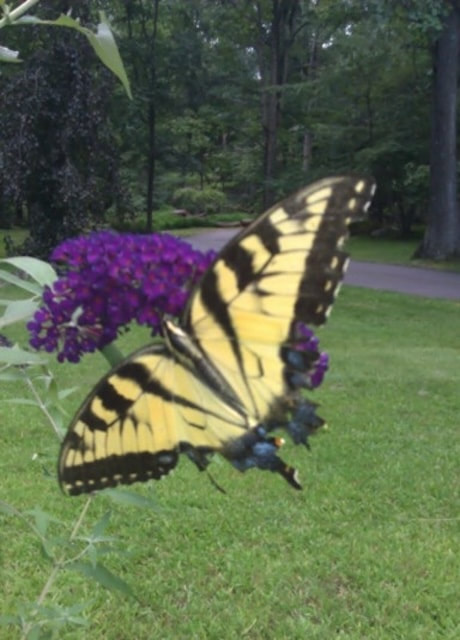
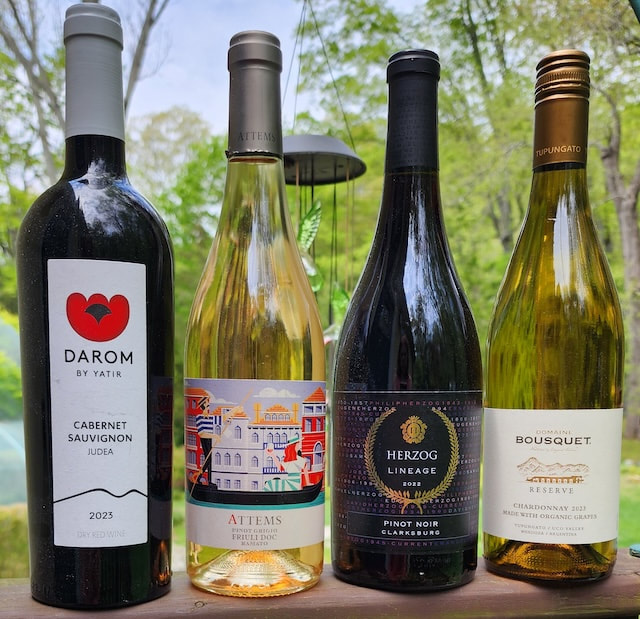
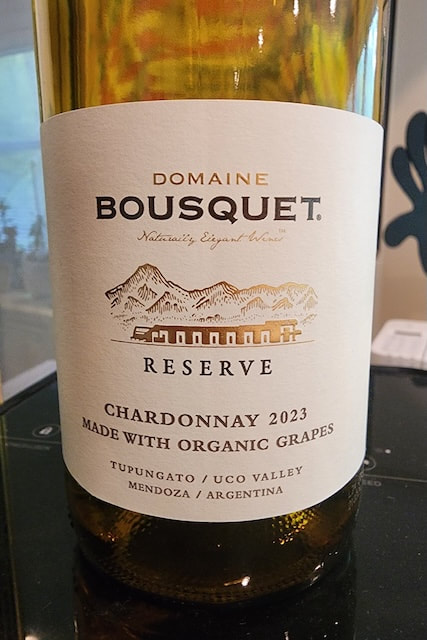
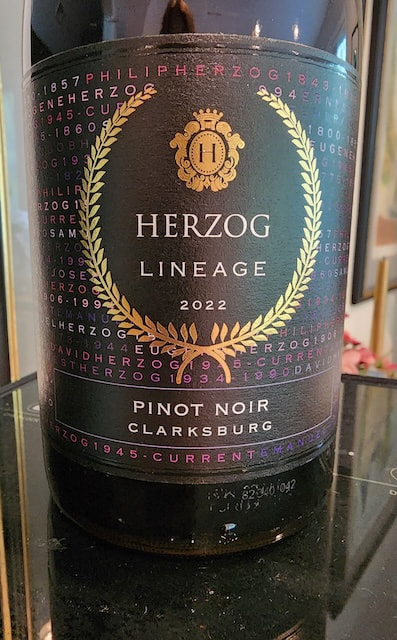
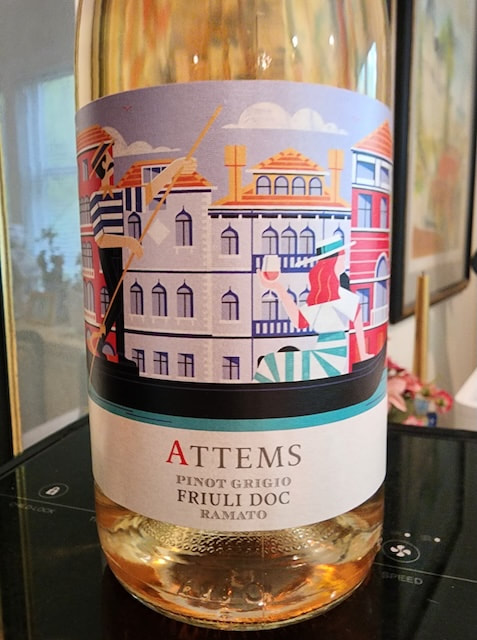
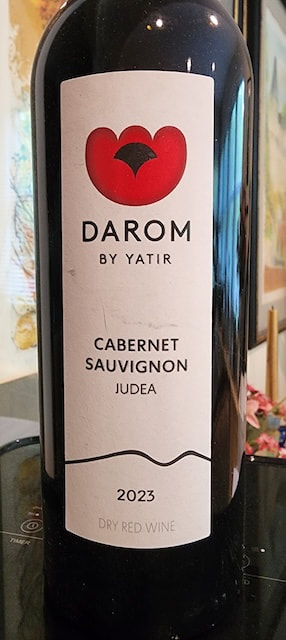








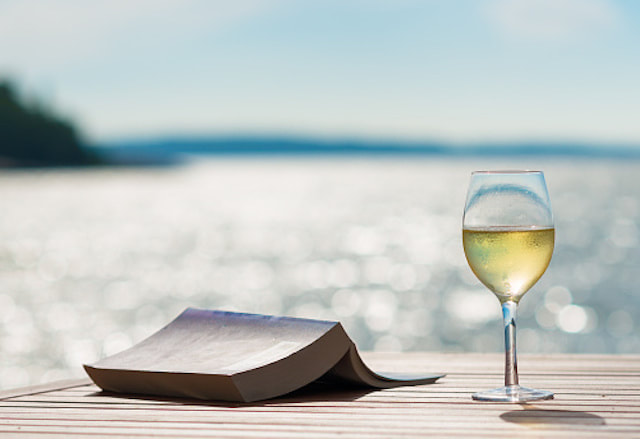
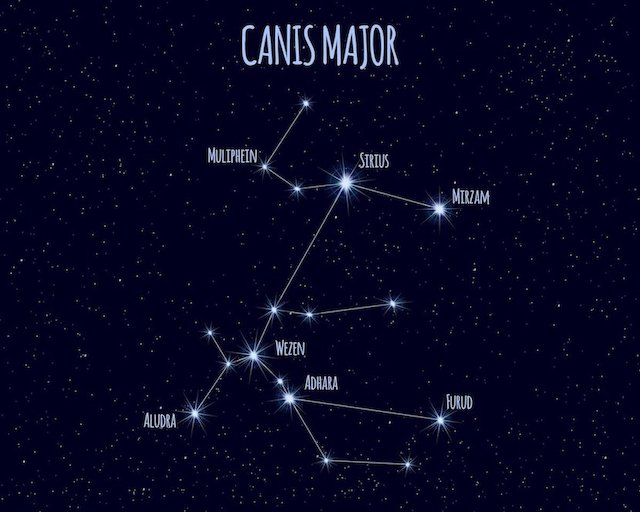
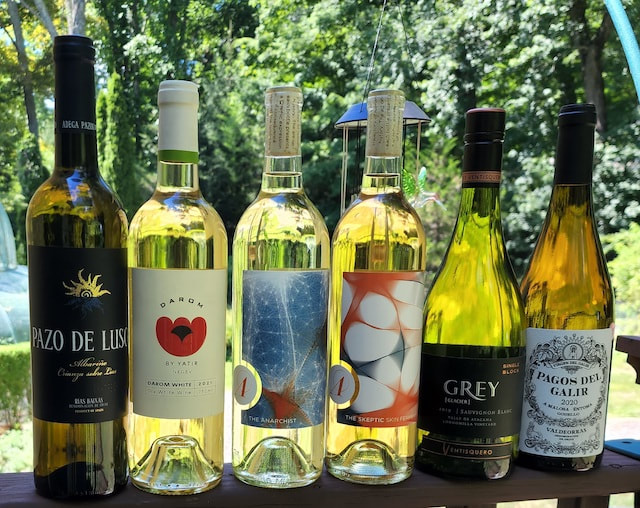
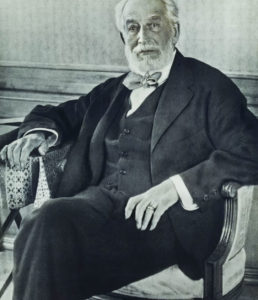
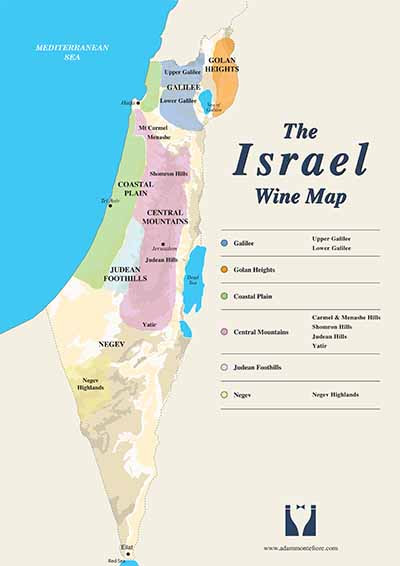
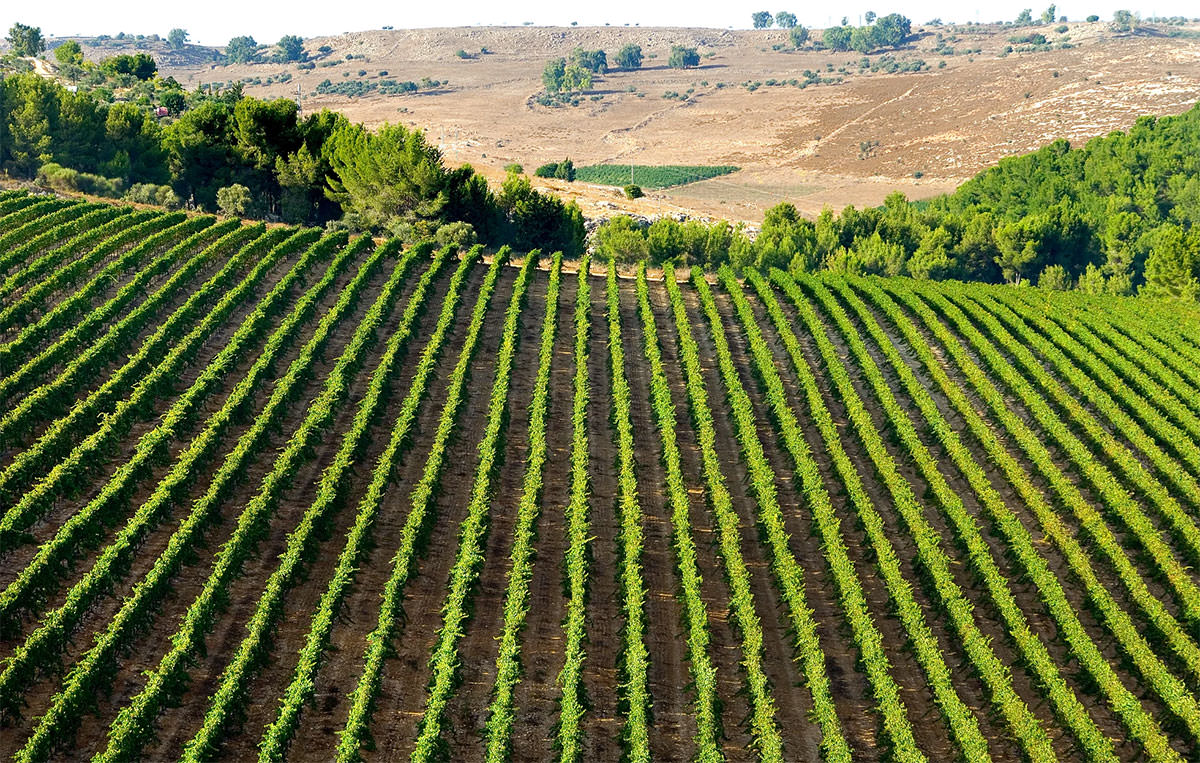
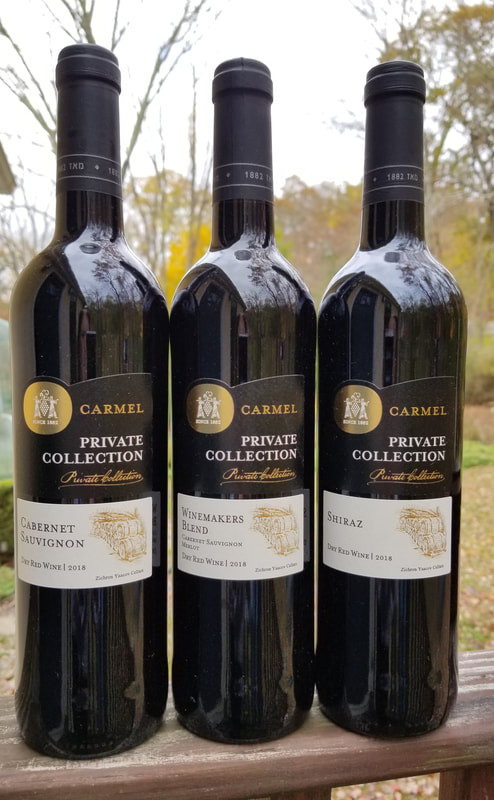
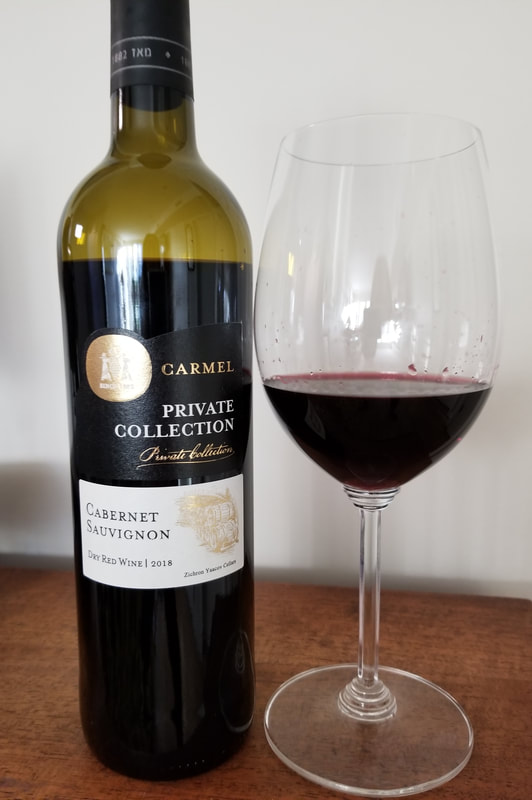
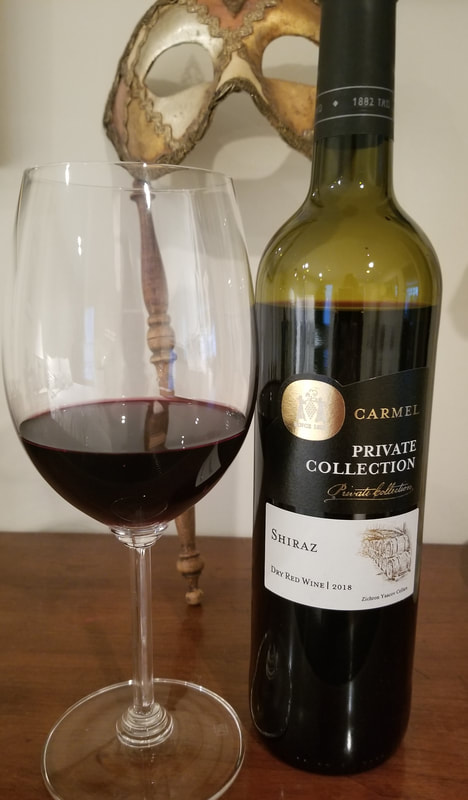
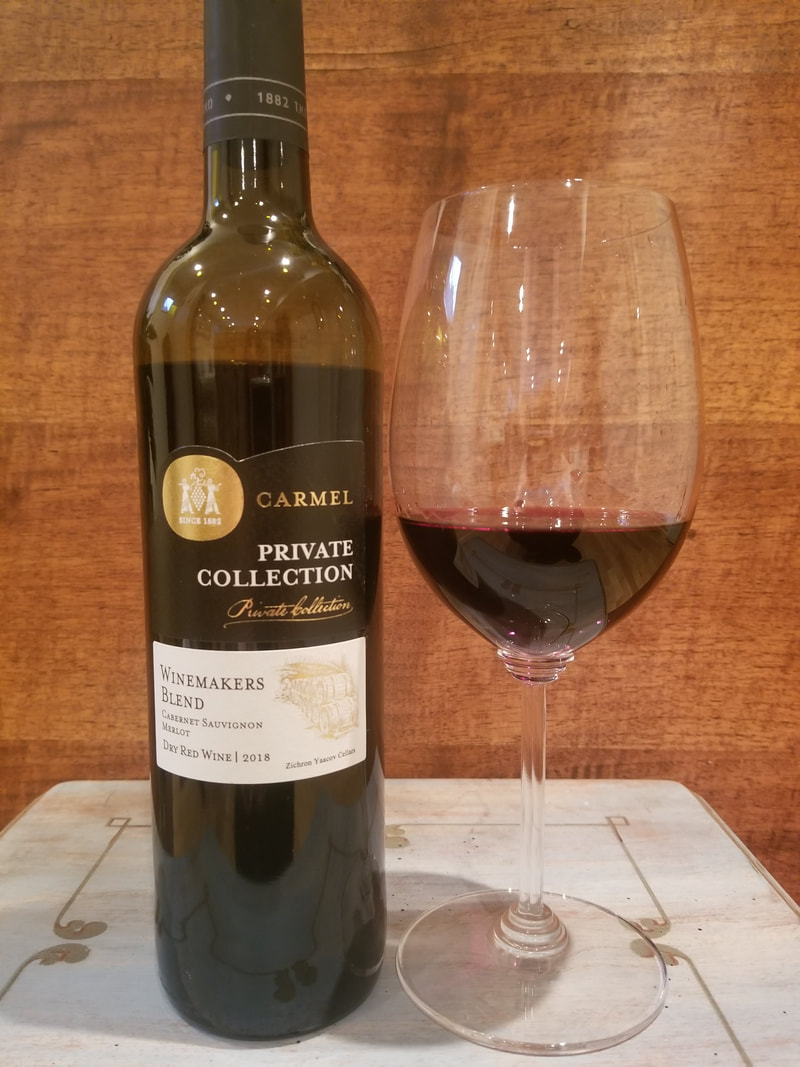
 RSS Feed
RSS Feed